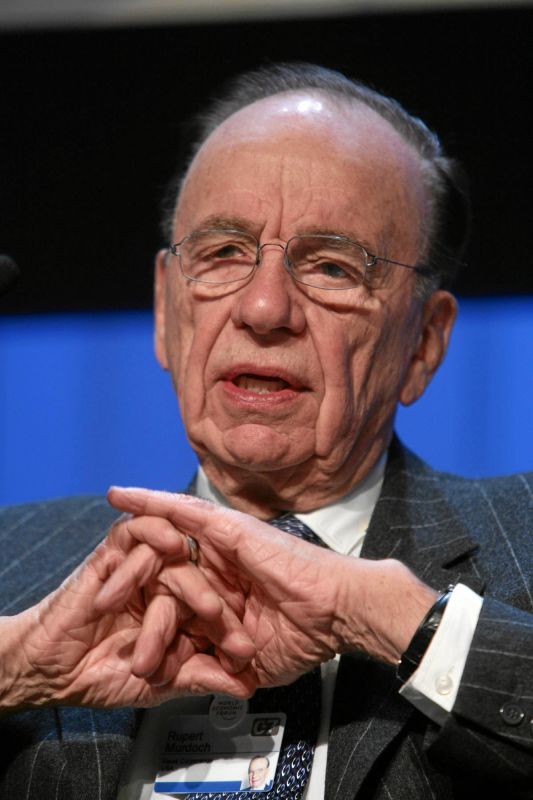 Rupert Murdoch biographer Michael Wolff says the media mogul was unaware that Dow Jones had an enterprise business when he purchased the company two years ago. “He wanted the newspaper, and the fact that afterward he found himself with businesses that were rather more successful than the newspaper business, was surprising,” Wolff told a conference.
Rupert Murdoch biographer Michael Wolff says the media mogul was unaware that Dow Jones had an enterprise business when he purchased the company two years ago. “He wanted the newspaper, and the fact that afterward he found himself with businesses that were rather more successful than the newspaper business, was surprising,” Wolff told a conference.
Newspaper sales in Japan are 2.5 times those of the US as a percentage of the population and journalist layoffs are all but unheard of. The reason: the population is declining. The percentage of children 14 and younger is the lowest it’s been in 100 years and the overall population of Japan is expected to decline by a third over the next 50 years. The lack of a new generation of Web-savvy upstarts means papers have less pressure to move online and figure out how to serve a new audience. “We only put 20 percent of our content on the Web,” says on association executive. Of course, there’s a train wreck waiting down the line at some point, but in the meantime, publishers can plan to gracefully manage their properties into oblivion in lock-step with demographic trends.
The Pacific Northwest Newspaper Guild pried a nice contract settlement out of the Seattle Times: a 6% raise over two years. That money’s gotta come from somewhere, though, and staffers are bracing for an “ugly” layoff announcement in the near future.
We’re late reporting this one (little things like making a living do take their toll), but the New York Times Co. reported that profits fell 51.4% on a 14.4% decline in ad revenue in the third quarter. Standard & Poor’s responded by lowering the company’s debt to junk bond status. Print advertising was off 18.5% and online advertising was up 10%. Online revenue now makes up over 12% of total sales at the company. The board also said it is considering writing down the value of assets in its New England Media Group, which includes the Boston Globe, $150 million. The Times Co. originally paid $1 billion for the group.
Traffic to newspaper websites was up almost 16% in the third quarter, according to the Newspaper Association of America. Page views were up 25%, making it the best quarter for newspaper website traffic since the organization began tracking those figures in 2004. Interest in the political campaigns and the ongoing turmoil on Wall Street were cited as likely drivers of the traffic surge. It remains to be seen how year-over-year comparisons will fare once the election is over.
Threatened Journalist has an uplifting story on San Diego Union-Tribune ex-pats who are doing quite nicely, thank you. One is a communications manager for the Port of San Diego, another works in media relations for the University of Southern California and a third is a Methodist minister in Mission Valley. All are wistful about their former jobs in the pressure-packed newsroom, but they say they have no regrets. The way the industry was going, there wasn’t much future in the business. The author relates other happy landings: “Former metro reporter Liz Neely just landed a job as an investigator for a law firm. Former business reporter Craig Rose is working for City Attorney Mike Aguirre. Former columnist Gerry Braun is working for Mayor Jerry Sanders. Former reporters Chet Barfield and Mark Sauer are working for Councilwoman Donna Frye. Former North County reporter Lisa Petrillo is working at Children’s Hospital. And the list go on.” So there is life after newspapers!



